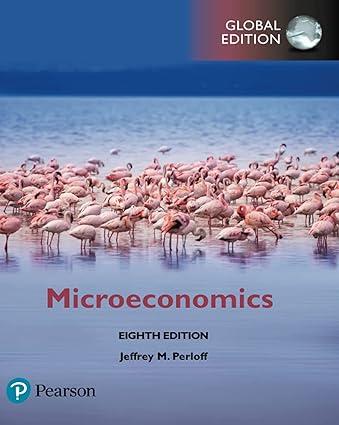How would your answer to Question 1.4 change if (U(G, N)=ln (G+N)) so that consumers have diminishing
Question:
How would your answer to Question 1.4 change if \(U(G, N)=\ln (G+N)\) so that consumers have diminishing marginal utility of GM foods?
Data From Question 1.4:-
There is much controversy surrounding genetically modified (GM) foods in Europe, and the European Union member states have different policies concerning them. On one side, concerns have been expressed about the safety of GM food for human consumption and their effects on the environment and wildlife. On the other side are arguments that GM foods are just as nutritional as conventional foods and, being more resistant to disease and insects, GM crops increase yields and reduce prices. For example, it costs \(10 \%\) to \(15 \%\) less to produce GM maize per hectare compared to non-GM maize. Suppose that European consumers change from believing that GM foods, \(G\), are imperfect substitutes for non-GM foods, \(N\), to it being perfect substitutes so that their utility function becomes \(U(G, N)=G+N\). What effect will this have on the demand for GM foods? Derive the demand curve for GM foods.
Step by Step Answer:






